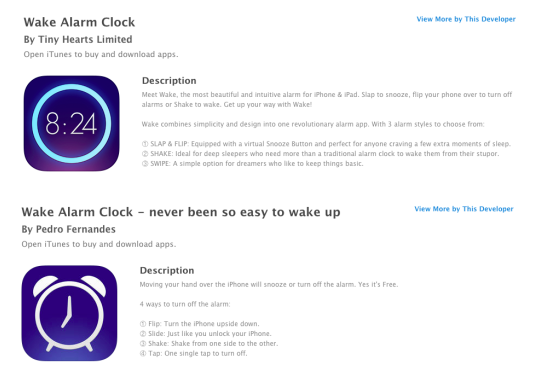
The subscription model for software isn’t new. Companies like Netflix and Spotify have enjoyed success while easing users into a highly effective business model.
Just look at the success of some software-as-a-service (SaaS) companies – looking at you DropBox and Salesforce – offering monthly or annual service subscriptions and pulling in multi-billion valuations. It’s more evident than ever that customers prefer subscriptions.
According to a 2013 Economist study, four out of every five businesses (that’s 80 percent for those of us who don’t do math) are seeing a change in how their customers want to access and pay for goods and services. And as a result, over half of these same companies are changing their pricing models.
So while people are still gung-ho on owning software, and businesses are being bashful about switching to the business model, fact is, companies are jumping into the subscription space and experiencing incredible growth.
Before you end up with the tides of change relentlessly crashing over you, here are a few reasons app stores better off embracing the subscription economy.
Cut the useless crap
It’s no secret, app stores are filled with with useless and copycat apps. Want that beautiful Wake Up Alarm by Tiny Hearts?
If you can’t remember the specifics (and honestly, I wouldn’t instinctively download something from a company that sounds more like an Emo coverband…), then behold a major conundrum:

With a subscription-based business model, app stores can clear out the clutter and keep top-ranking, high quality apps alive and well. And far, far away from the R&D (ripoff and duplicate) of copycats.
Latest and greatest products
Having an app is a continuous process. As apps become the number one means of communication, you just can´t leave an app for what is it.
Companies that take marketing seriously will update their app frequently. Additionally, those sames companies are passionate about product creation and genuinely taking care of their users. The subscription model also guarantees that clients will have the latest product releases and are working with up to date software.
Flexibility to scale on a whim
Subscriptions allow clients the security of knowing that everything is month-to-month, and nothing is set in stone – or scope.
For app stores, not only do subscriptions offer add value to customers. By allowing for a more agile deployment cycle and faster time-to-value for new features and functionalities, you can impact your client’s bottom line, too.
Build great customer relationships
If you want to build loyalty, you shouldn’t treat your customers as a one-and-done sale.
Subscription-based packages and plans give you an incredible opportunity to delight and surprise your customers – promoting loyalty in ways that one-off purchases simply can’t.
The bottom line is your bottom dollar
Buying software makes no sense.
Yes, every company and end-user needs software. And while it sounds great to simply buy what you need and use it whenever you want, we should stop forking over money for something that will merely go out of date again and again.
End the cycle. Embrace subscriptions. Just don’t be Adobe…
Show me the money
A challenge that all store owners face is not just finding a way to make money, but finding a way to make money on the regular.
A subscription-based sales model offer the ability to predict revenue through recurring streams. It introduces regularity into a world of chaos and (financial) unpredictability.
Because a subscription is based on a controllable unit of specification, subscription-based pricing moonlights as the most affordable option.
Competitive advantage
As cloud-based technology evens the playing field, having a few extra features, allowing for expansion, or building a little more loyalty will create an immense competitive advantage.
Get the TNW newsletter
Get the most important tech news in your inbox each week.





